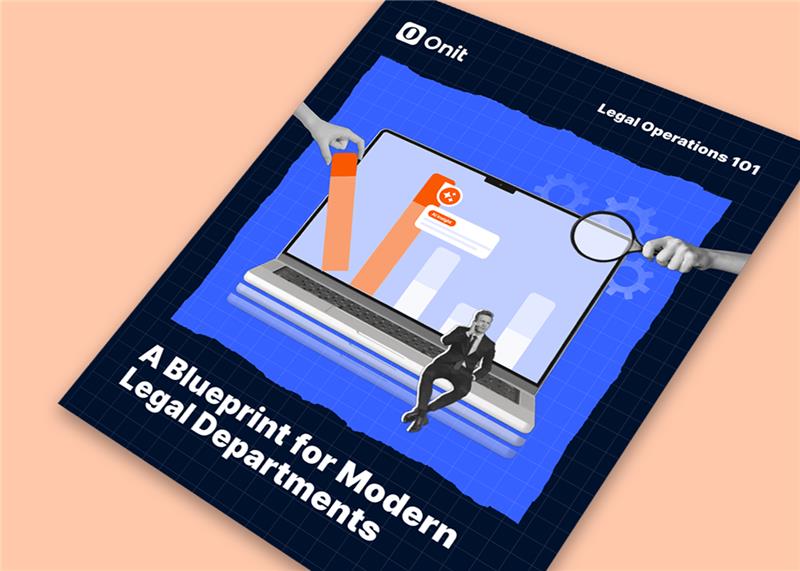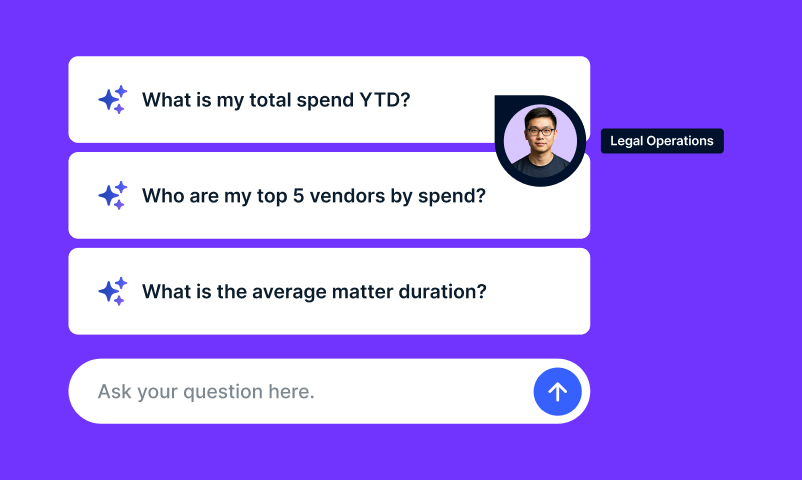Both Legal Holds and Legal Services Requests are hot topics in the legal technology community right now. Just last month LegalTechNews.com had experts discuss legal hold processes and what to look for in a solution.
Legal Holds
TechTarget.com does an excellent job outlining and clarifying legal holds, citing:
“A company must preserve records when it learns of pending or imminent litigation, or when litigation is reasonably anticipated. Litigation hold prevents spoliation (destruction, alteration, or mutilation of evidence) which can have a catastrophic impact on the defense…
…Implementing a litigation hold process can be challenging for storage administrators. All companies must establish a sound retention policy and apply that policy to their storage systems.”
Onit’s Legal Hold solution helps corporate legal departments:
- Notify custodians of their duty to preserve information in a timely manner
- Automatically assign tasks to the appropriate in-house team member
- Gain real-time access to the status of collection requests
- Minimize company risk and increase defensibly
- Ensures all relevant data is properly collected and preserved.
Lawsuits happen and though it’s not fun to think about it’s wise for your company to be prepared. Onit’s Legal Hold solution makes it easy to demonstrate that your company has exercised the proper care in preserving and collecting digital evidence.
Legal Service Requests
Business partner requests for legal services are often tossed into the legal department sporadically by email, text, or informal conversations from various departments. Tracking and assigning these requests can be a major headache if there is no standard process in place.
Onit’s Legal Service Request solution simplifies the intake process by:
- Giving business partners a simple portal to interact and engage with the legal department
- Providing the legal department with a comprehensive view of all legal service requests
- Automatically generating notifications to keep business partners updated
- Offering clients an easy way to keep track of the status and resolution of their legal service request
As legal technology advances, stay ahead of the curve. Let Onit’s Legal Hold and Legal Service Request solutions help automate your processes and save you time. Click here to schedule a demo and learn more about how Onit can help your legal department.



